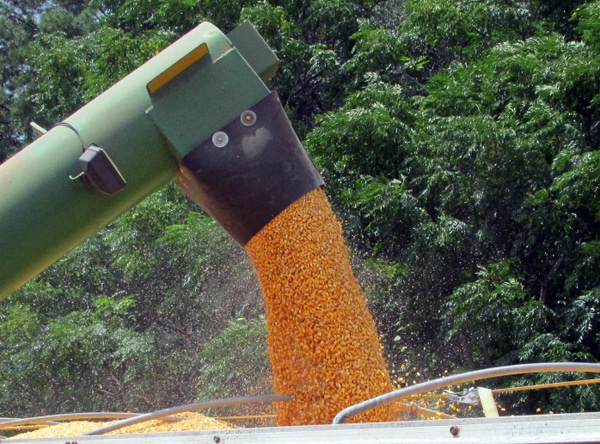April 7, 2016

Farmers know they will have good years and they will have bad years. The objective is to build up enough equity in the good years to weather the inevitable bad years.
It is a pattern every farmer is very familiar with. But what happens when it doesn’t work?

Steve Scott
Bankers learned this winter that many producers are going into this tough 2016 marketing environment without sufficient equity.
Too many are simply not financially prepared for a season or two with low prices. The fact that is true this season raises a very disturbing red flag.
Most Southern farmers should be in great shape. We have just come out of an historic bull market run that began in 2008 and lasted well into the 2015 marketing season.
Selling soybeans at $12 to $14 and corn at $6 to $7 became routine. Even cotton had a couple of great pricing seasons.
There were exceptions, but most Mid-South producers avoided the production problems experienced by their Midwest colleges.
Some had the ultimate experience of seeing big yields and big prices show up in the same season. I’ve helped farmers market their crops for over 30 years and as far as marketing is concerned, it has never been as good. So why aren’t more Delta farmers in better financial shape?
No doubt the rising costs of inputs during this period played a big part, but that can’t be the complete answer. Our markets spent much of the time over the last seven seasons trading well above everyone’s cost of production. There were many opportunities to lock in big profits. There has to be another reason.
The problem
I suggest a likely candidate is a business strategy that many producers continue to cling to despite repeated examples that show it simply does not work. It has to do with the way marketing decisions are often made. Many producers continue to base their critical sales decisions on price predictions.
They spend their marketing time trying to figure out which way they think the market is likely to go. It is an approach that time and again has proven to be inconsistent at best and disastrous at worst.
Here’s why… In order to adequately predict future price direction, you must either be lucky or you must be able to accurately predict unexpected events.
Traders can be emotional and even irrational at times, but they are not uninformed. Information that is known and outcomes that are expected are reflected in the current futures price.
If it is clear a market should trade higher or lower, there is no incentive for the big traders to wait. If a market should be higher or lower, it will be.
Trying to predict unexpected events goes by a familiar name, it is called guessing. In the case of our agricultural markets with so many moving parts subject to change, consistently predicting the future is not just difficult, it is impossible.
Sometimes you will be right, but many more times you will be wrong. Applying that price-guessing strategy to marketing results in a hit and miss pattern most producers are familiar with.
That is not to say the strategy never works. Most producers can look back over the last seven seasons and see times they guessed right and did very well with their marketing.
But the inadequate equity position many find themselves in tells us the occasional hits did not compensate for this misses. It is clearly time to step back and reassess.
My suggestion…
Producers should handle their marketing the same way they handle their production — concentrate on managing risk.
When confronted with the risk of an insect or a weed, most farmers do very little guessing. Instead, they find the appropriate tool or strategy to limit the risk. A consultant is often involved.
The same can be done with marketing. Identify price levels that bring risk to your organization and then find the appropriate tools and strategies to protect those levels when you get the chance.
If you can do it in such a way that you still can benefit should prices trade higher, even better.
The idea that it is possible to consistently outguess the futures markets is a discredited concept that needs to be put aside. It is time to admit the price predicting approach is just not working.
Concentrate on managing risk, prepare and stay with a well-thought-out marketing plan and leave the guessing to the speculators. That will help assure your future and will make your banker very happy.
Profitable opportunities will eventually come again. The key is to be ready.
Steve Scott is president of Scott Agri Crop Marketers in Arkansas. Email him at [email protected].
You May Also Like




